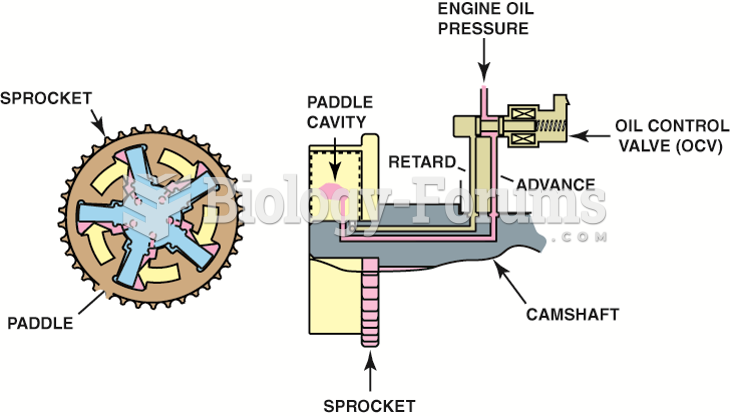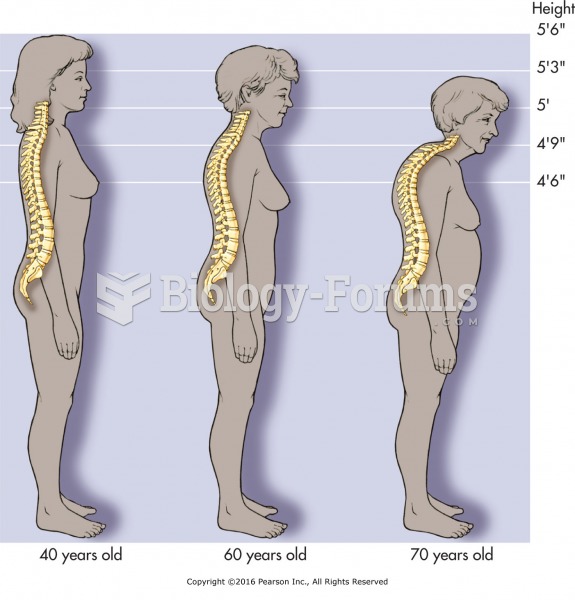This topic contains a solution. Click here to go to the answer
|
|
|
Did you know?
Not getting enough sleep can greatly weaken the immune system. Lack of sleep makes you more likely to catch a cold, or more difficult to fight off an infection.
Did you know?
To prove that stomach ulcers were caused by bacteria and not by stress, a researcher consumed an entire laboratory beaker full of bacterial culture. After this, he did indeed develop stomach ulcers, and won the Nobel Prize for his discovery.
Did you know?
The word drug comes from the Dutch word droog (meaning "dry"). For centuries, most drugs came from dried plants, hence the name.
Did you know?
Most childhood vaccines are 90–99% effective in preventing disease. Side effects are rarely serious.
Did you know?
The FDA recognizes 118 routes of administration.
 A subdural hematoma. A meningeal vein is ruptured and blood has accumulated in the subdural space, p
A subdural hematoma. A meningeal vein is ruptured and blood has accumulated in the subdural space, p
 A vane phaser is used to move the camshaft using changes of oil pressure from the oil control valve.
A vane phaser is used to move the camshaft using changes of oil pressure from the oil control valve.
 Spinal changes caused by osteoporosis. Use light pressure and gentle stretches only with frail or ...
Spinal changes caused by osteoporosis. Use light pressure and gentle stretches only with frail or ...




